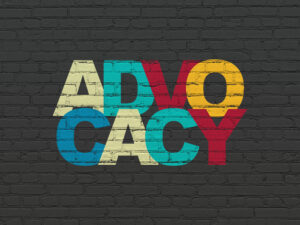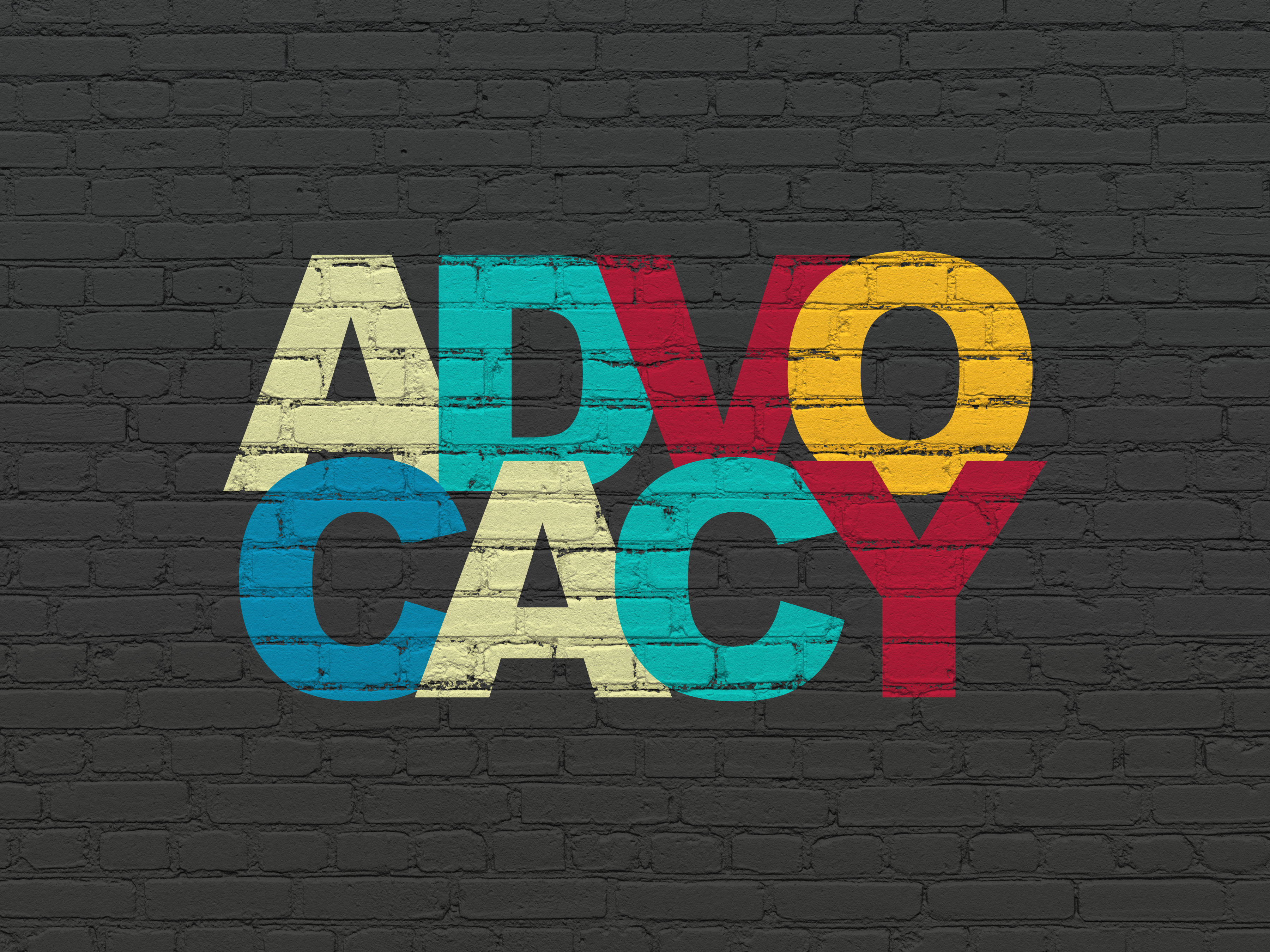 What are the key things that classroom teachers need to know in order to support my students?
What are the key things that classroom teachers need to know in order to support my students?
Question from the field: I have students whose IEPs call for staff inservice training prior to school starting or within the first couple of weeks. Some use hearing aids and others use cochlear implants, but they are all placed in general education classrooms. Knowing that the general education teachers have limited time, what are the key things that they need to know in order to support my students?
Starting each school year with a staff inservice training sets the stage for success. This is a great question with which many Teachers of the Deaf (TOD) and Educational Audiologists struggle.
The 2 most important things to remember when providing trainings to staff who will be working with our students with hearing loss in the general education setting are:
1. Always share the WHY behind what you are asking them to do for the student. Once teachers understand WHY they need to use the teacher transmitter or pass-mic, WHY students need strategic preferential seating, and WHY we ask for pre- and post-teaching, most begin proactively thinking about what else they can do to support the student.
2. Everyone who will influence the success of the student needs to be at the training. It is critical that all staff who will interact with our students attend the training to hear the information from the TOD, AUD, or expert conducting the training. Asking teachers who attend the training, but are not experts in this field, to pass on the information is not fair to the student, the teacher who has just learned everything about the new student, or the teacher who missed the training.
General education teachers have shared with me that the following were things that they did not know and helped them to better serve the student with hearing loss:
- Difference between hearing aids and cochlear implants: It is important for people outside of this field to understand that cochlear implants are not the same as hearing aids. Additionally, there are still teachers and administrators who believe that cochlear implants restore normal hearing or believe that the students are no longer deaf.
- Understanding the audiogram: I explain the audiogram not from the technical perspective that clinical and educational audiologists understand it, but rather in order for teachers, coaches, and service providers to understand the speech spectrum and where the critical features of linguistic information occur. It is also very important for everyone to understand the unique loss and history of the student they will be serving. Many general education teachers and providers who have previously served students with hearing loss are under the impression that this means they understand what all students with hearing loss will need. Knowing the individual child’s loss, the technology they use, and their history helps everyone have a better school year.
- Incidental hearing/Incidental learning: It is critical for everyone to have an understanding of how our students may have gaps in their knowledge of language and concepts that their typically hearing peers know and how that can lead to misunderstandings in both their academics and social interactions.
- Hearing Assistive Technology (HATS): Hearing assistive technology is a term that encompasses the low incidence equipment in the IEP such as the personal FM/DM system, classroom sound field system, and pass-mic for access to peer input. After explaining what a student has in his/her IEP, it is very helpful to share the Hearing Loss in the Classroom video1.
Melinda Gillinger, M. A.
Special Education Consultant
www.melindagillinger.com
1. Hearing Loss in the Classroom video, J. Madel, Sept. 2010

